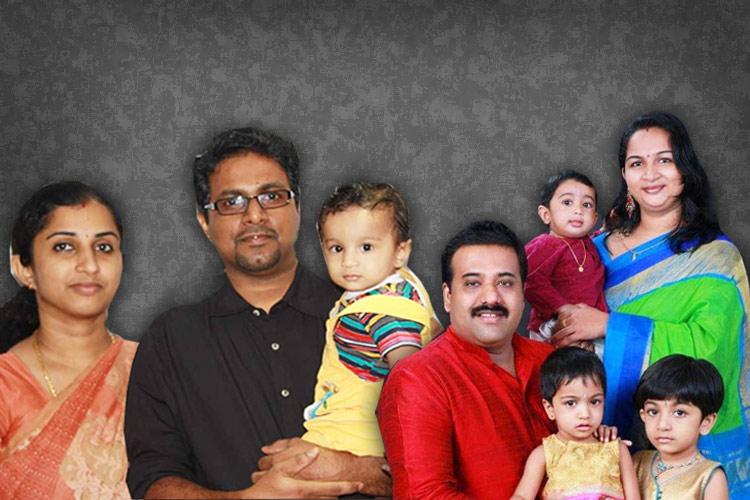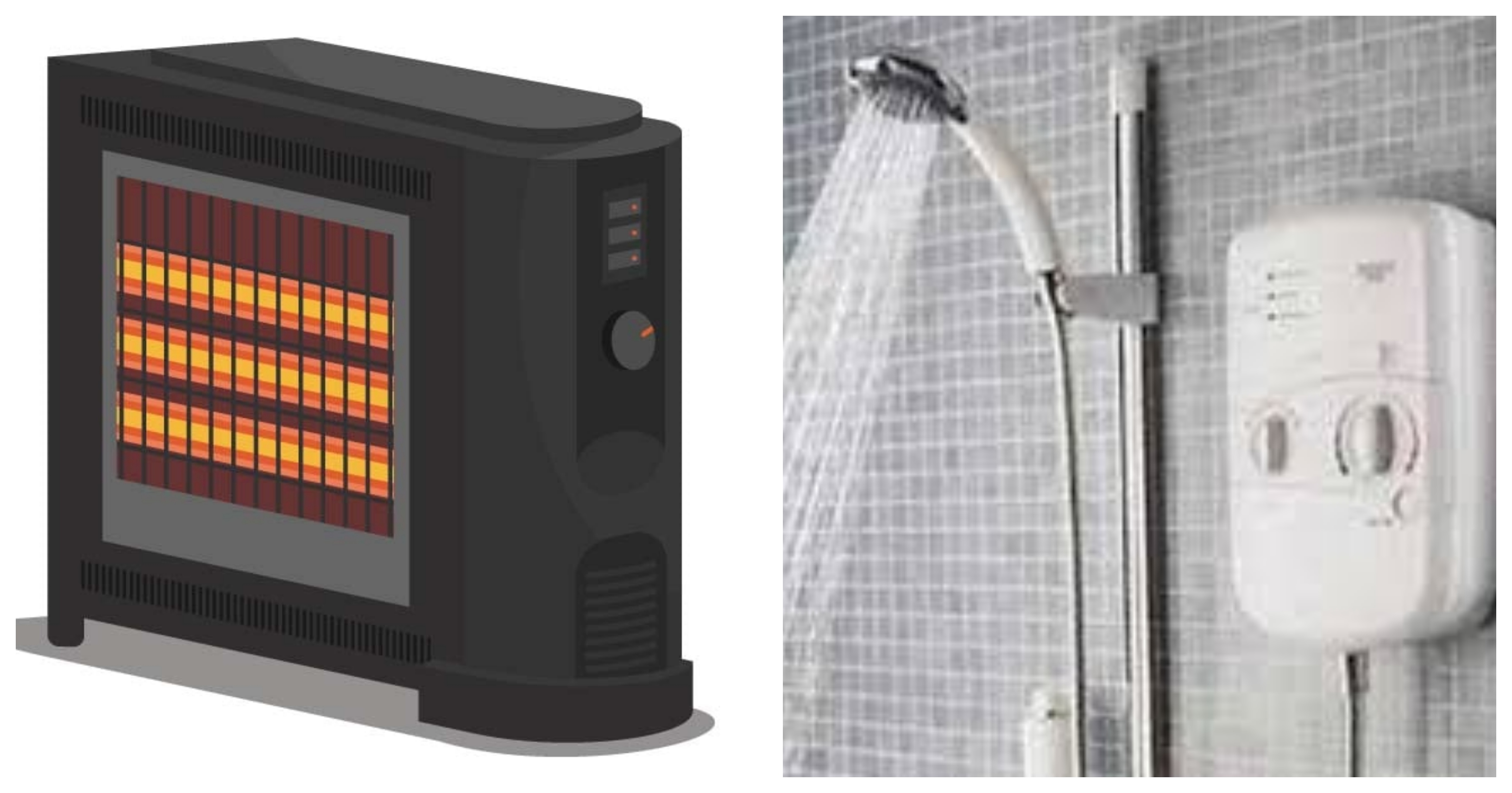Life & Health

It’s a good servant but a bad master.
A Liquefied Petroleum gas-run cylinder doesn’t just burn your kitchen stove; it also heats your room heater or shower water instantly.
With temperatures dropping below 10 degrees Celsius, Nepalis from hills to plains are beginning to scramble for warmer covers of thermos coats, jackets and blankets.
And by now, you may have already started turning on gas heaters and geysers to stay warm. But you must take precautions, failing which - as recent accidents have made it clear - your gas heater or geyser could be the cause of your death.
Consider it. In a shocking incident, on the night of January 20, 2020, eight tourists from Kerala, India, were found unconscious in their hotel room in Daman, southwest of Kathmandu, where they were sleeping with a gas heater turned on, but the door and windows closed. Later, they were airlifted to a Kathmandu hospital, where they were declared dead.
The eight were members of two families who had arrived in Nepal for a Himalayan vacation from Dubai, UAE, where they worked. That aside, news of one or more individuals getting killed in a gas heater- or geyser-related accident every winter continues to shock Nepalis.
According to a count by Nepal Police, 40 people died and 16 others were injured between September 2015 and February 2022 because of gas poisoning while using gas geyser, heater or coal for heating.
Gas poisoning

The poisonous gas carbon monoxide is often formed when petroleum products are burned. When your gas exhaust fumes generated by your gas stove, heater or geyser don’t find a proper outlet – by way of the much-needed ventilation – it often leads to carbon monoxide poisoning.
And that doesn’t pose health hazards but leads to injury or death of the persons trapped in rooms or chambers filled with carbon monoxide and other toxic gases.
A gas geyser contains a gas burner and a sealed combustion chamber of the heating appliance which generates carbon monoxide. Burning of wood or coal too produces carbon monoxide and carbon dioxide, both hazardous to human health.
Carbon monoxide is a colourless and odourless gas and is a silent killer. Within minutes of consuming monoxide, the victims feel dizzy, turn breathless and become unconscious. If not rescued and treated immediately, the impact could be fatal.
“It enters the body via airway,” explains Dr Niraj Bam, associate professor at Tribhuvan University Teaching Hospital.” They reach the lungs and displace the oxygen in the blood vessels. When the oxygen is displaced people become unconscious because of a lack of oxygen.”
Often carbon monoxide poisoning happens inside closed chambers and rooms.
“People [affected by monoxide poisoning] don’t even realise that they are oxygen-deprived,” says Dr Kamal Raj Thapa, senior consultant pulmonologist at Bir Hospital. Minutes after the patient falls unconscious, the heartbeat could stop and the patient could die.”
And this could happen when a patient sleeps in a small room with the door and windows shut or takes a long shower in a similar bathroom, he said.
Oxygen
The human body needs oxygen to survive. Experts suggest everyone be mindful of this at all times and all places - including small rooms and bathrooms equipped with gas-powered amenities.
Yet in the absence of awareness, incidences of gas poisoning have not ceased.
What to do, one wonders, if it happens again?
As soon as a patient affected by monoxide poisoning is rescued and taken to the medical facility, he or she should be given high-flow oxygen, say experts.
People of any age group, including newborn babies, can suffer from the toxicity of the gases.
Medical practitioners have started noticing chronic obstructive pulmonary disease in infants.
Dr Kamal Raj Thapa added: “The newborn are prone to chronic obstructive pulmonary diseases when they are kept in smoke-filled rooms. The fire smoke causes allergy, cough, and bronchitis – inflammation of the lining of bronchial tubes.”
As a result, infants have difficulties in the development of their lungs, he added.
Instead of warming in fire’s heat, infants and children should be dressed in layers of warm clothes, say experts.
Cases of burns
As well as gas poisoning, burn cases also increase during winter.
According to the World Health Organization, burns are the second most common injury in rural Nepal, accounting for five per cent of disabilities.
Ujjwal Bikram Thapa, a social activist helping people affected by burns, says: “Most burn cases are reported during winter. That’s when we get the most calls asking for help.”
People suffer from burns while sitting near a fire, or while cooking. Nylon, fleece, silk, polyester and fabric clothes are highly combustible. People also get burnt with hot water.
The UN health body, WHO, explains thermal (heat) burns occur when some or all of the cells in the skin or other tissues are destroyed by hot liquids (scalds), hot solids (contact burns), or flames (flame burns).
Poverty, lack of electric stoves in homes, ignorance, lack of trained human resources, difficult geographical location and a lack of medical facilities are some of the causes of the deaths resulting from burns, says activist Thapa.
Treatment of burns, often costly, is a long process, with a possibility of a life-long scar.
“It is better not to keep the children near the fire to make them warm. Rather they should be dressed in warm clothes,” says Thapa.
To avoid disasters, experts suggest switching to electric- or solar-powered stoves, heaters and water heaters. Only when that’s not possible should gas-powered amenities be used, but with enough caution, they say.
How to safely handle LP gas heaters and geysers
Do not install gas geyser in a closed space
Open the ventilators when you are using gas geysers or heaters
Keep the exhaust fan switched on if you have it in bathroom, rooms
Check the geyser regularly for any leaks
Do not keep the geyser running. Keep a gap every time you use it
Check for gas leaks
Make sure that you can access the gas cylinder valve easily in gas heaters
Make sure the regulator points to the rear of the heater
How to avoid burns
If you are sitting near fire always face yourself towards the fire
Whichever part gets burned, keep that part in running water for at least 20 minutes in the wound. As it stops burning take the patient to the nearest hospital
Give liquid to the victim as dehydration causes renal failure in the victims
Fleece is the worst in fire. Anything that is nylon must be avoided
Wear cotton clothes
Take care of children
Do not burn firewood, coals in confined spaces. Open ventilators/ windows
Take precautions while open burning of garbage

_11zon1681280198.jpg)




